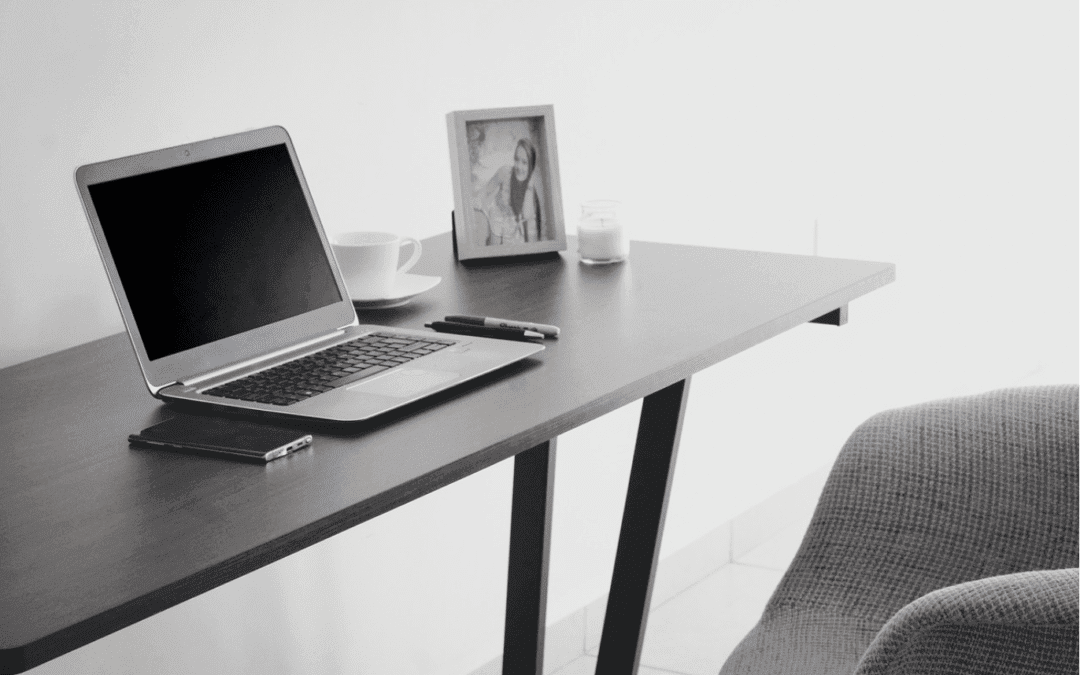Setting up a home office can feel like a big project, but the payoff is worth it. Whether you’re working remotely full-time or just need a dedicated space for occasional tasks, creating a functional, comfortable home office can make a huge difference in your productivity and focus.
Start With a Clean Slate
Before you do anything else, clear out the space you plan to use. It’s impossible to design a great home office when the area is cluttered with things you don’t need. Think about it: how much easier would it be to start fresh rather than shuffle piles of stuff around?
If you’ve accumulated a lot of junk, this is where hiring a dumpster to clean up your trash comes in. You don’t have to keep every random item you’ve collected over the years. Be ruthless—if it’s not essential, toss it. Once the space is cleared, give it a thorough clean. Dust, vacuum, wipe down surfaces. You’ll feel more motivated to work in a fresh, open area.
Pick the Right Spot
Now that the space is clear, think about where your home office should go. Do you have a spare room, or will you need to carve out a corner of a bedroom or living room? The location matters more than you might think.
Ideally, you want a spot with natural light—it’s easier on the eyes and boosts your mood. No natural light? That’s okay, but invest in quality lighting. A poorly lit workspace can make you feel sluggish and strain your eyes.
Also, consider noise levels. If you’ll be taking calls or doing focused work, try to avoid setting up near high-traffic areas like the kitchen or a noisy street-facing window.
Invest in Ergonomics
You’ll be spending a lot of time in this space, so comfort is key. Let’s talk furniture. Is your current chair supportive, or do you end the day with an aching back? If it’s the latter, it’s time to upgrade.
Look for an ergonomic chair that supports your posture and keeps you comfortable for hours. The same goes for your desk—it should be the right height for typing without straining your wrists. Adjustable desks are a great option if you want the flexibility to switch between sitting and standing.
And don’t forget about your screen setup. If you’re working on a laptop, invest in a stand to bring the screen to eye level. Pair it with an external keyboard and mouse for a more ergonomic setup.
Declutter and Organize
It’s tempting to fill your home office with cute décor and office supplies, but too much stuff can quickly turn into clutter. Instead, aim for a clean, streamlined workspace.
Use organizers, shelves, or storage bins to keep things tidy. A filing cabinet or folder system can help keep papers under control, while cable organizers are a lifesaver for taming messy cords.
Make it a habit to tidy up your desk at the end of each day. Starting your workday with a clean surface helps you stay focused.
Add Personality Without Overdoing It
Your home office doesn’t have to look sterile—it should feel like your space. Add some personal touches to make it inspiring. A couple of framed photos, a small plant, or some artwork can make the room feel more inviting.
That said, avoid overloading the space with distractions. You want a balance: enough personality to make it feel welcoming but not so much that it’s overwhelming.
Optimize for Productivity
Now, let’s focus on creating a workspace that helps you get things done. Start with the basics:
- Reliable internet – A strong connection is non-negotiable, especially if you’re on video calls.
- Quality lighting – Add a desk lamp with adjustable brightness for working during evenings or cloudy days.
- Noise control – Noise-canceling headphones can be a game-changer if you’re working in a busy household.
- Office supplies – Keep essentials like pens, notebooks, and sticky notes within reach.
- Tech setup – Make sure your computer, monitor, and other tech are up to the job.
Small changes can also make a big difference. For example, a whiteboard or corkboard can help you track tasks, while a timer can keep you focused during work sessions.
Don’t Forget Comfort
Your home office should feel good to be in. Consider temperature, air quality, and even scents. If the room feels stuffy, a small fan or air purifier can help. Adding a calming scent, like lavender or citrus, can make the space more enjoyable.
Think about your physical comfort too. Do you get cold easily? Keep a blanket nearby. If you’re sitting for long periods, a footrest might help.
Plan for Flexibility
Your needs might change over time, so design your home office to adapt. Maybe you’ll add more storage later, or switch to a standing desk. Keeping the layout flexible makes it easier to adjust as you figure out what works best.
One smart tip? Use furniture and storage solutions that are easy to move or rearrange. That way, you’re not locked into a setup that doesn’t feel right later on.
Make It Work for You
There’s no one-size-fits-all approach to designing the perfect home office. The most important thing is that it suits your needs. If you prefer a minimalist workspace, keep it simple. If you thrive in a cozy, decorated space, lean into that.
Ultimately, your home office should be a place where you feel comfortable and productive. With a little planning and some thoughtful choices, you can create a space you’ll actually enjoy spending time in.
Ready to Get Started?
Transforming your home office doesn’t have to be complicated. It’s all about creating a space that feels good, works for your needs, and helps you do your best work. So, take that first step—clear the clutter, choose your spot, and start building a workspace that works as hard as you do.
